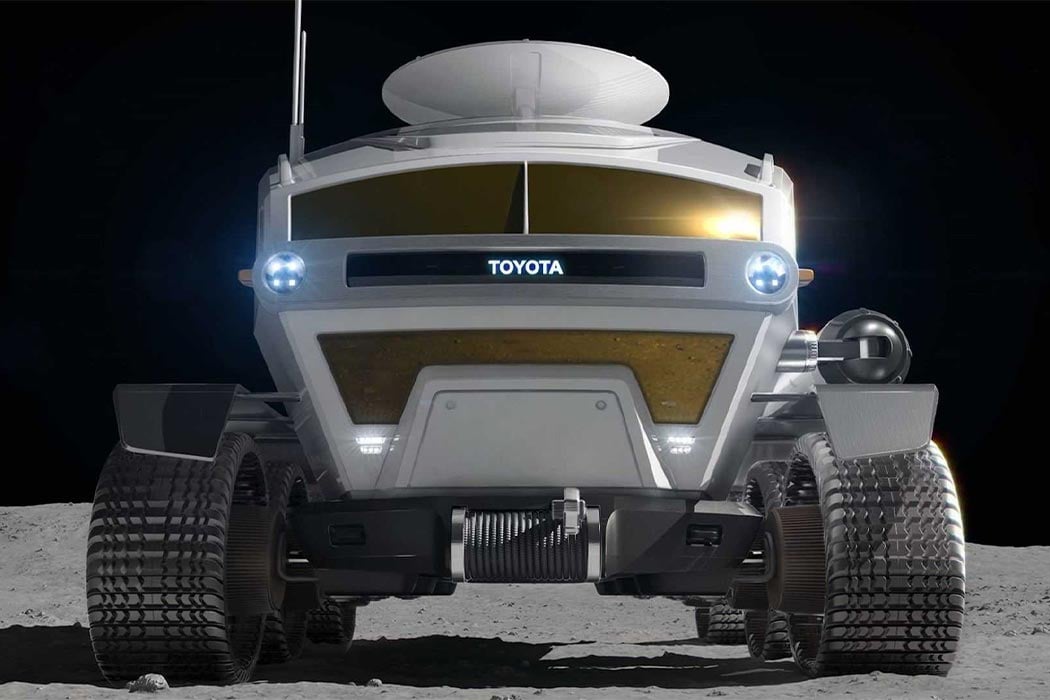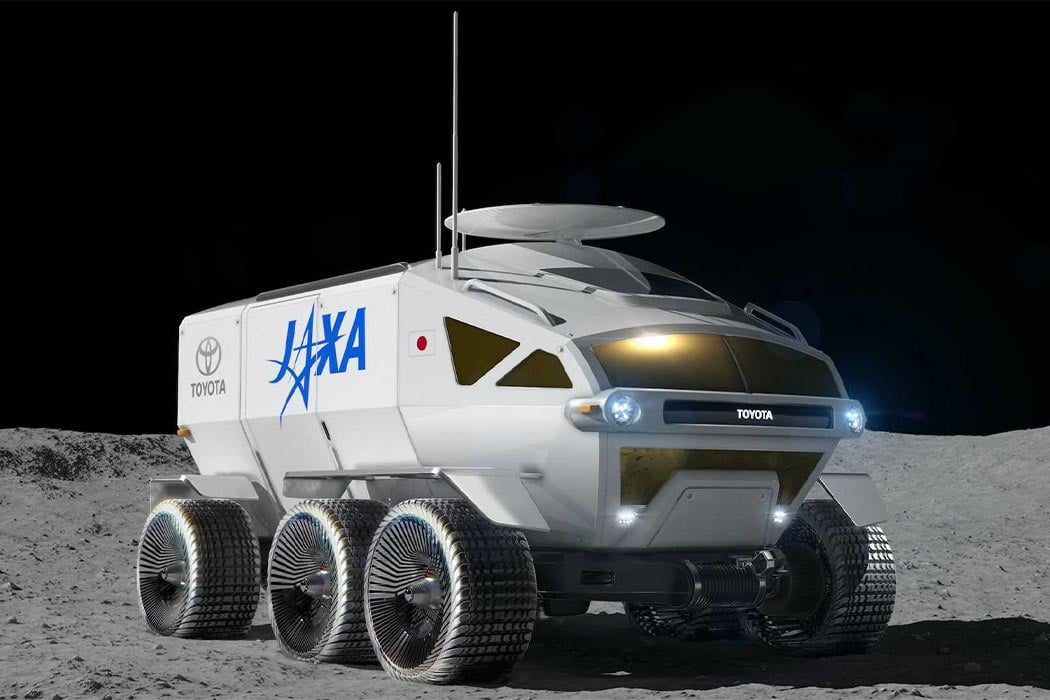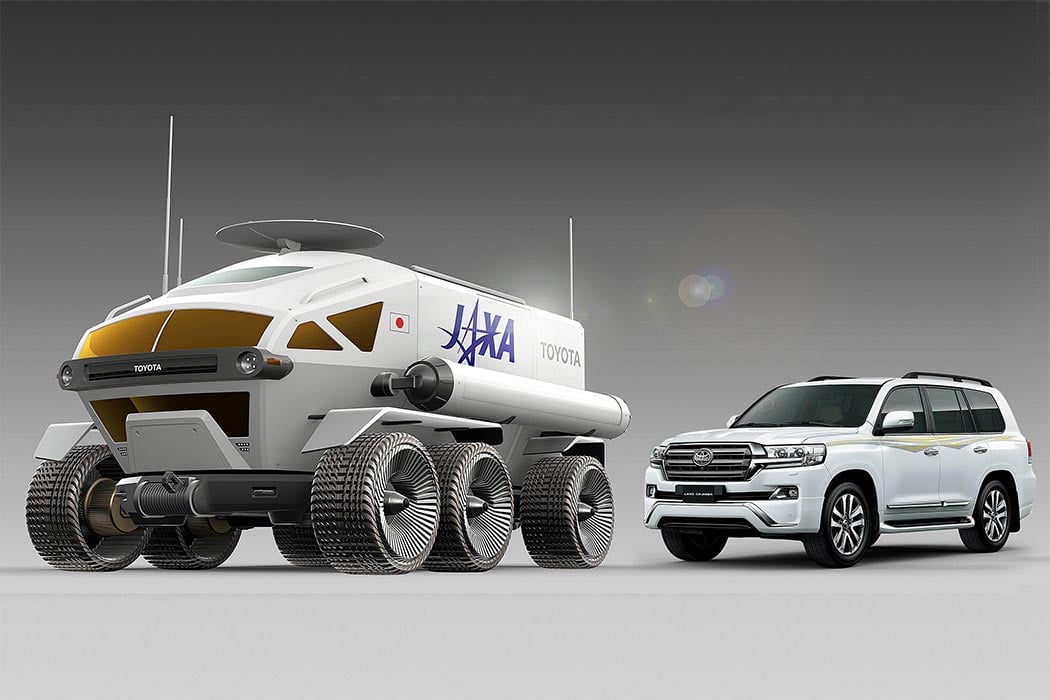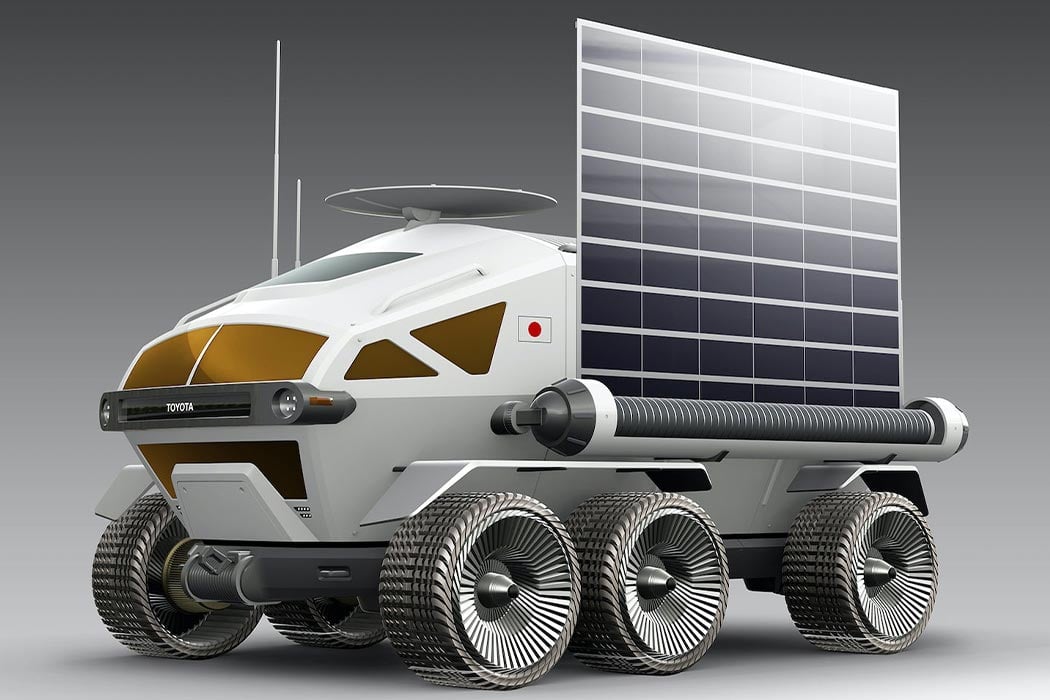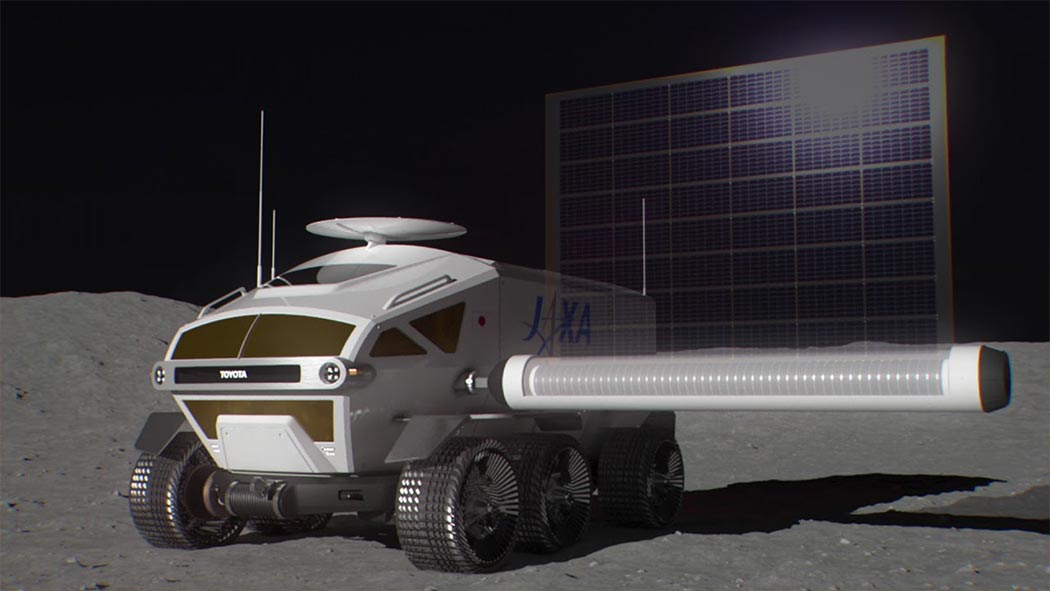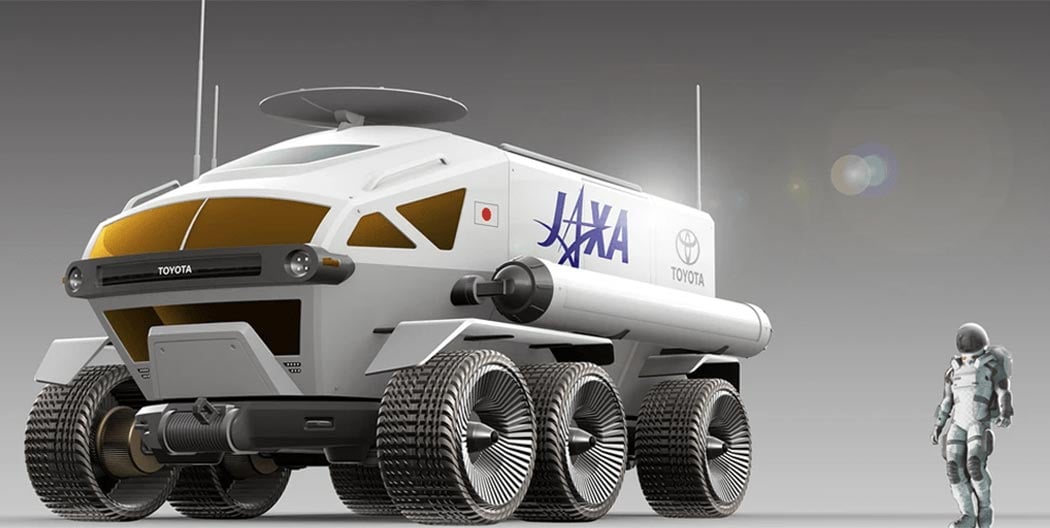Tag Archives: moon
China’s lunar sampling robot beams back its first full-color moon shots
China’s lunar-sampling robot has landed on the Moon
Bobby Berk would approve of this modular, wooden cabinet inspired by the phases of the moon!
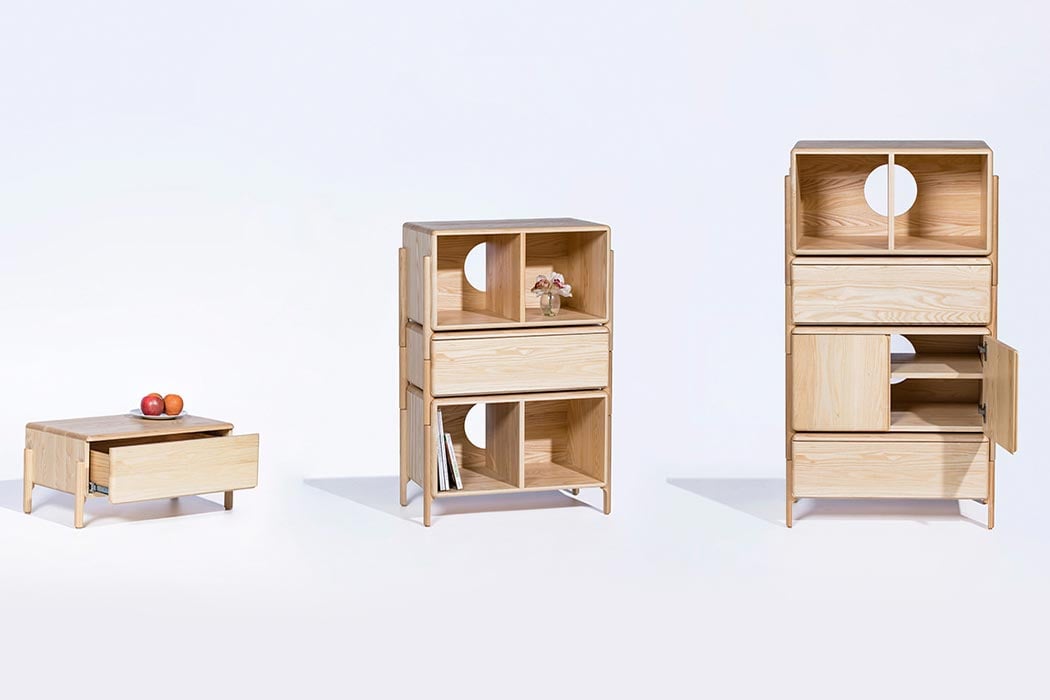
I love modular, easy-to-assemble furniture that is designed to adapt to your space – big or small. Right now IKEA is the biggest player in this arena but if you dig a little deeper (or just follow Yanko Design, we do the digging for you) then you will find gems like the MOON cabinet – Bobby Berk will 100% approve of this!
This timeless looking piece is crafted from solid wood finished off with rounded corners that give it an organic form. “We got the three elements from deconstructing traditional wooden cabinets and immovable system furniture,” says award-winning furniture designer Chuang. MOON allows the user to have a flexible lifestyle as this one cabinet serves many different purposes thanks to its modular build. You can combine, assemble, and deconstruct it to fit your space or transform it from storage to seating. Just like the phases of the moon, the shape of this cabinet changes to fit different needs – in fact, it has a little circular cutout detail to symbolize that. I love that you can stack it up or take it apart to change the height of the piece as a whole.
It has open storage, cabinet doors as well as closed drawers so you really get every type of compact storage solution in one single furniture design. When not being used for storage, it can serve as a seat and a table too because it has been constructed to bear human weight! MOON is an evergreen, universal, and functional furniture design that maximizes flexibility through minimalism.
Designer: Chia Chun Chuang
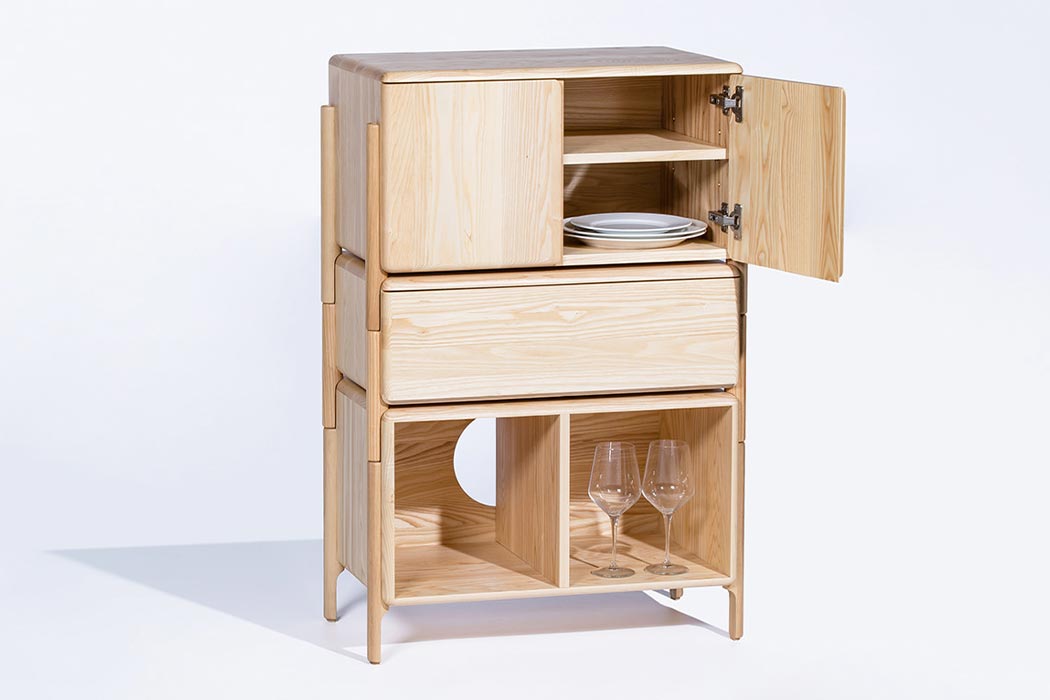
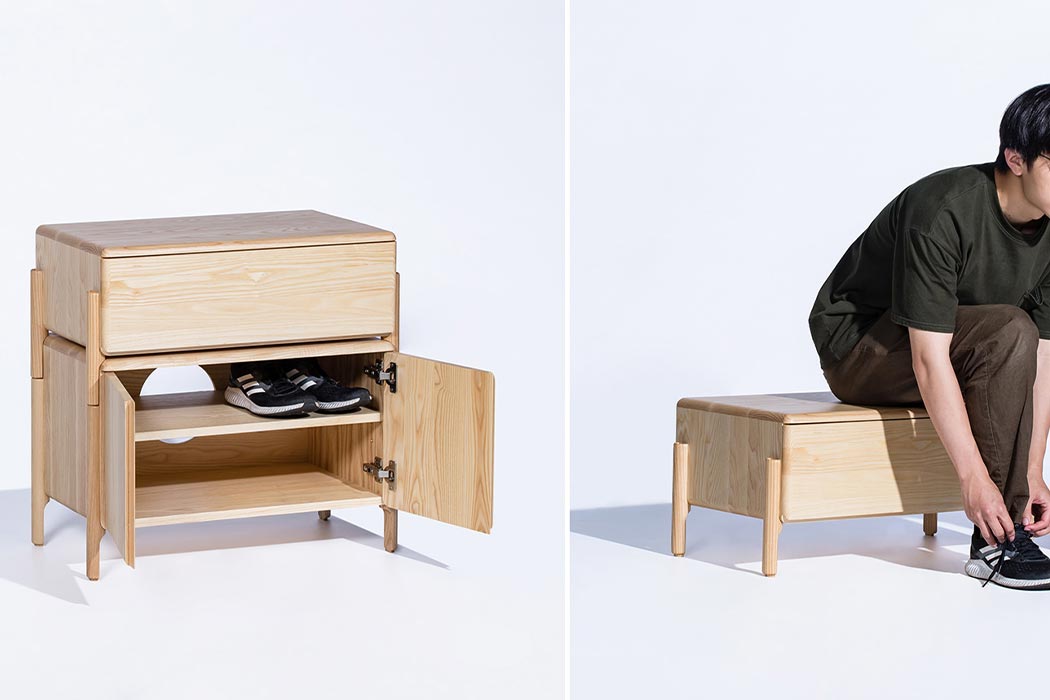
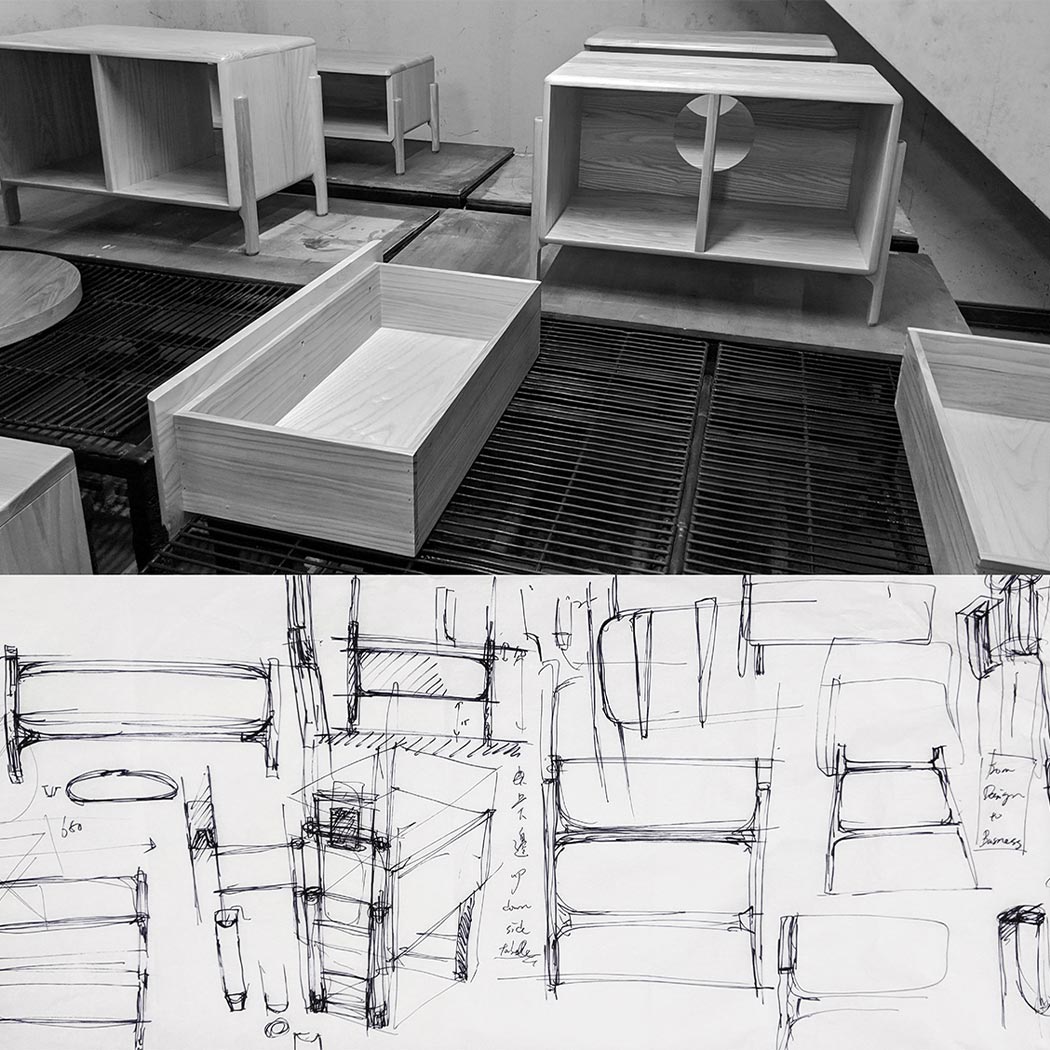
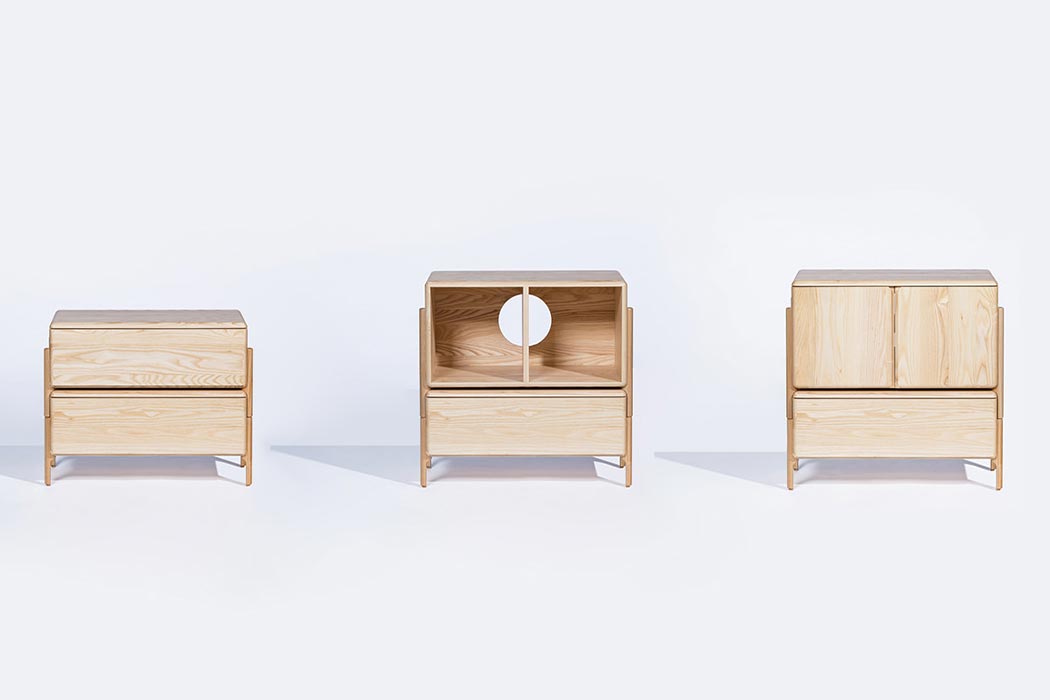
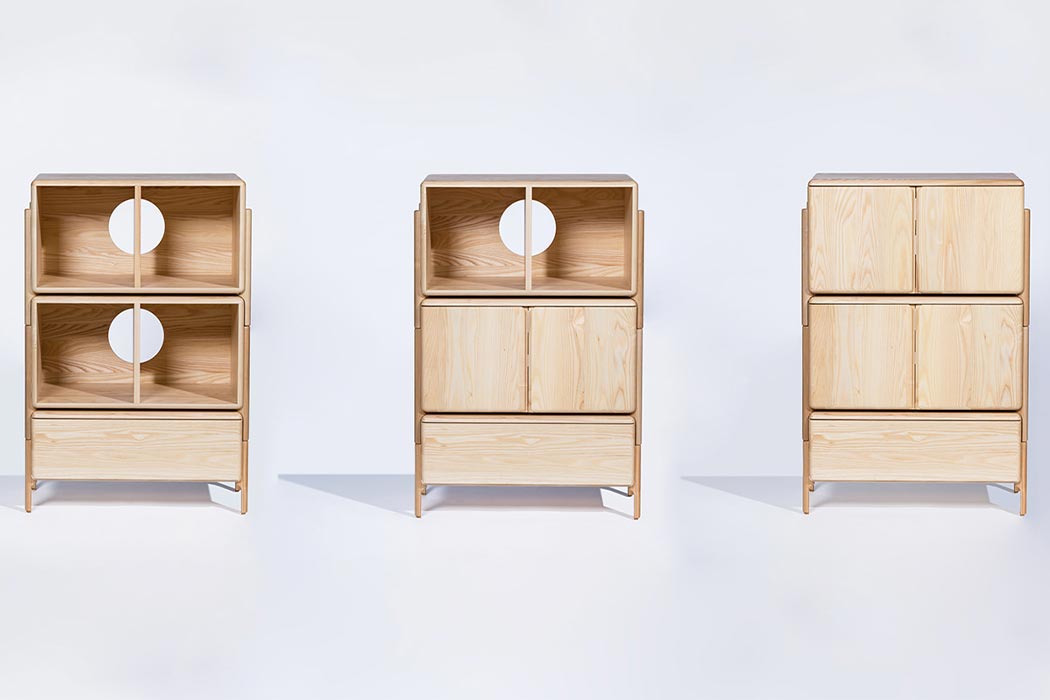
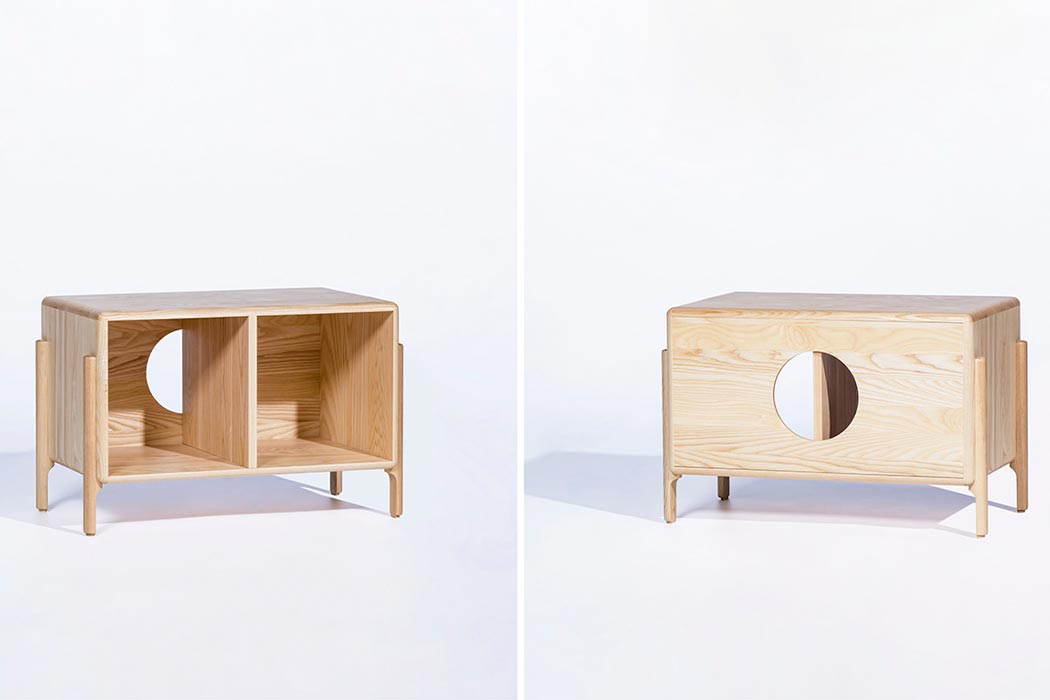
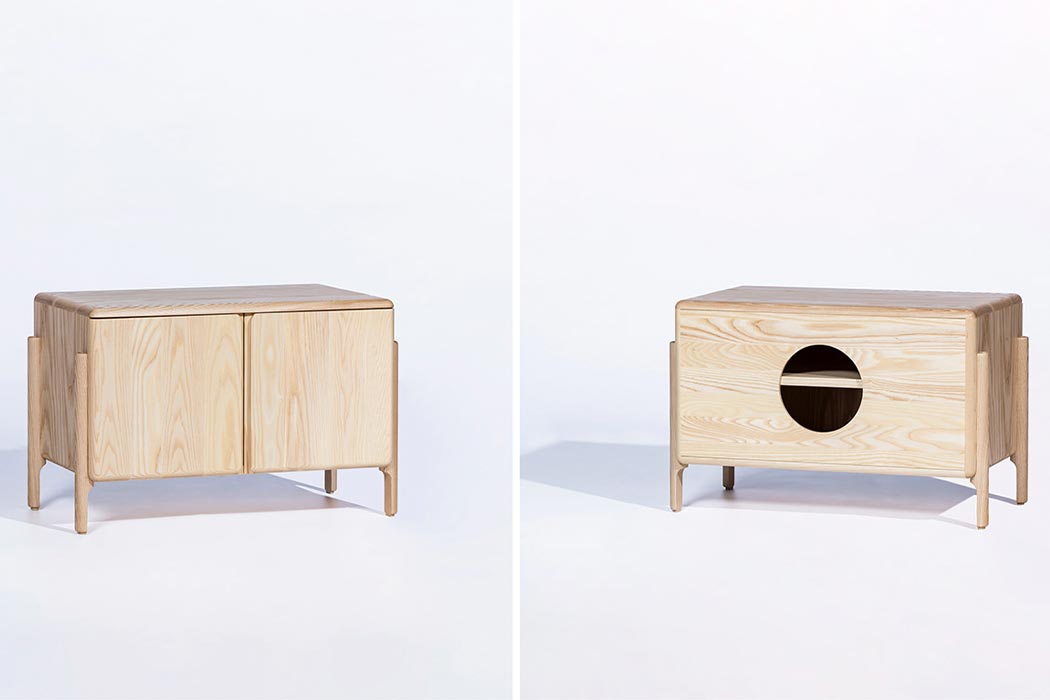
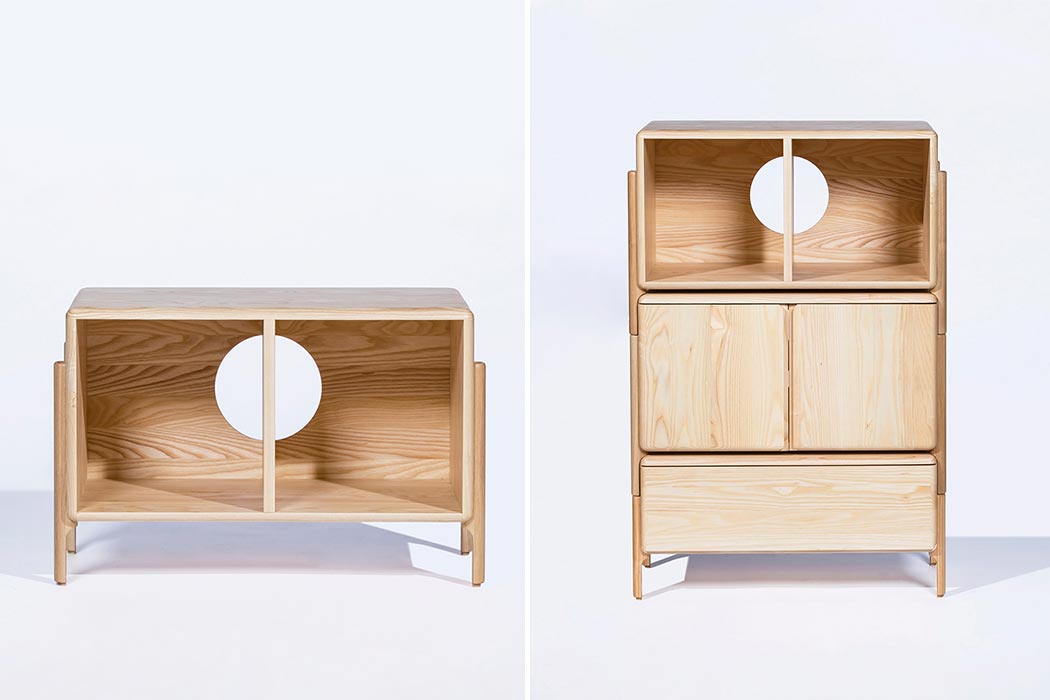
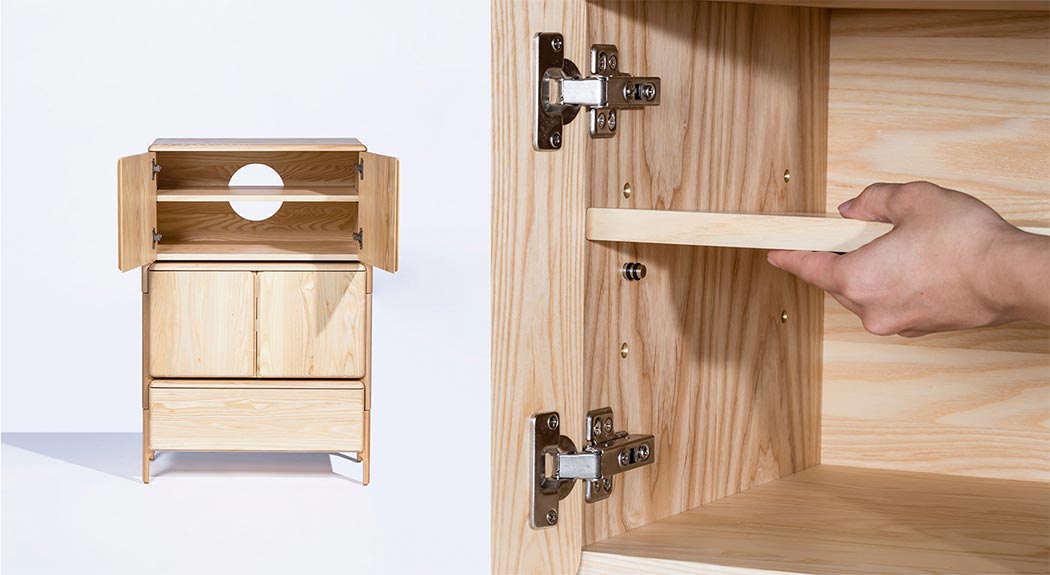
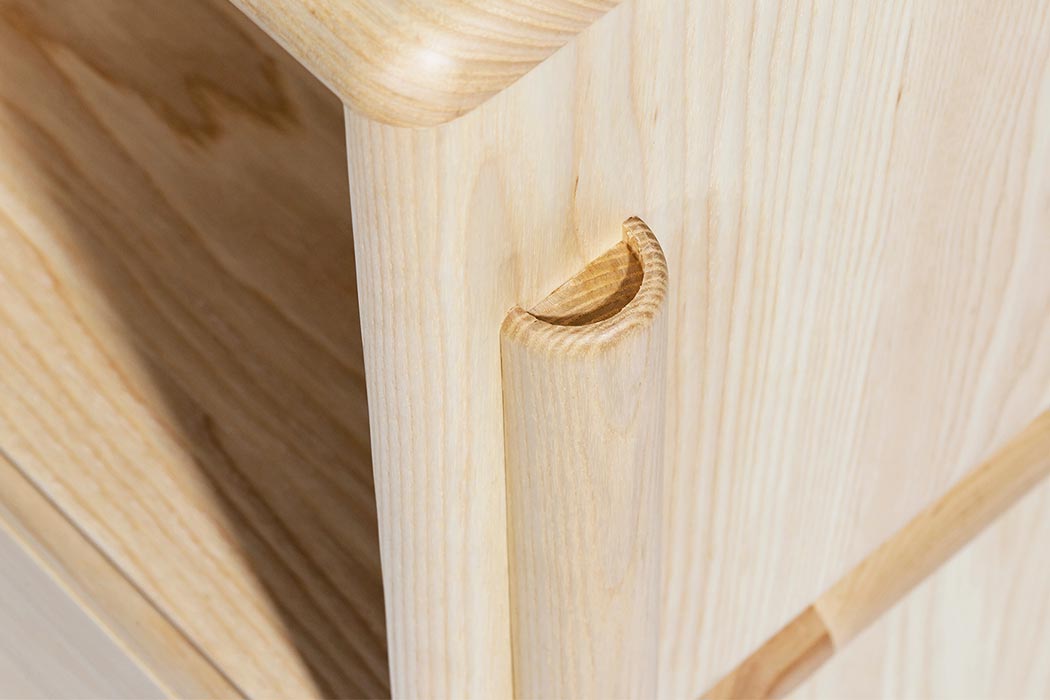
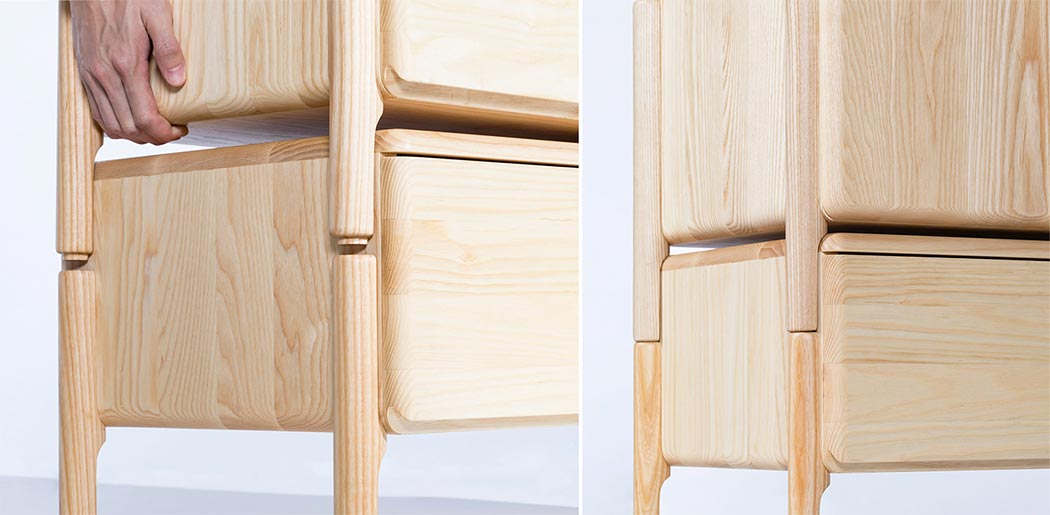
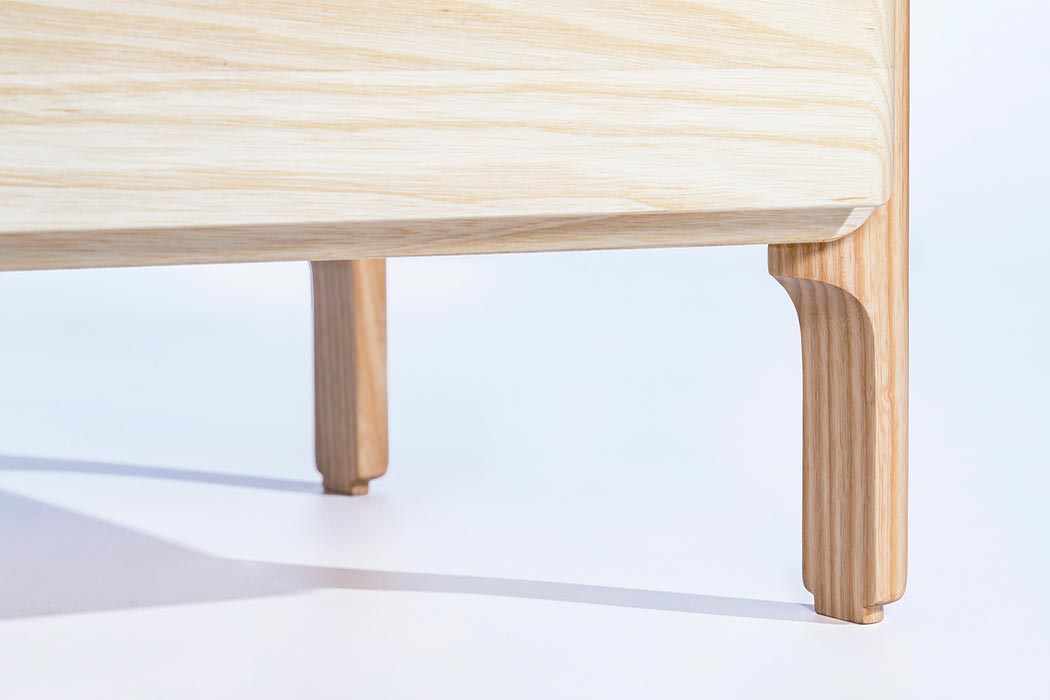
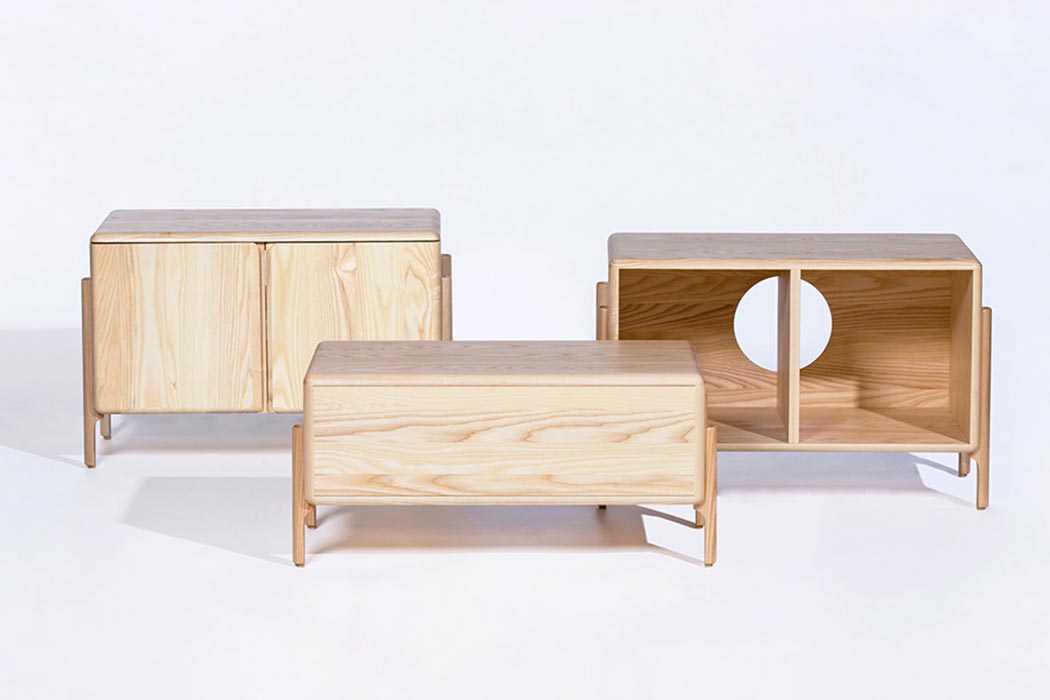
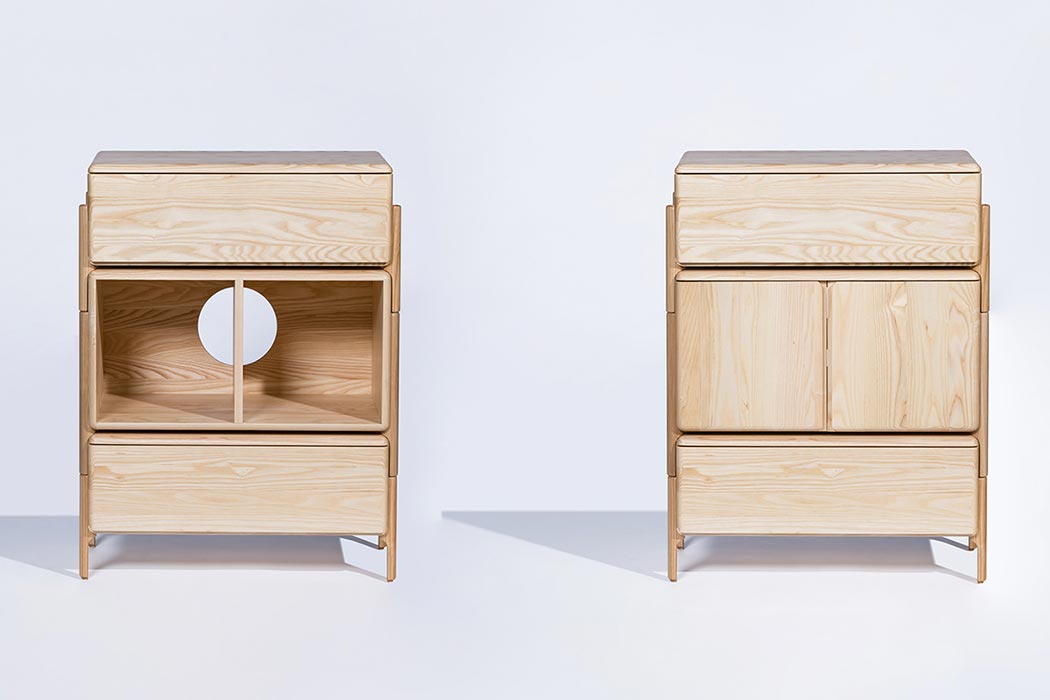

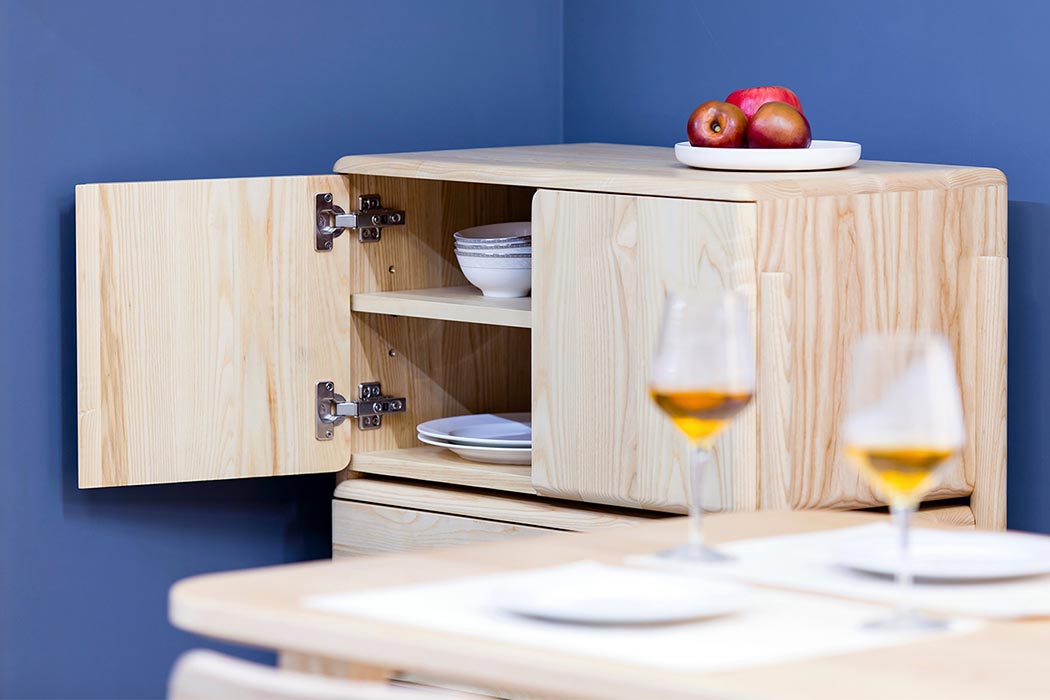
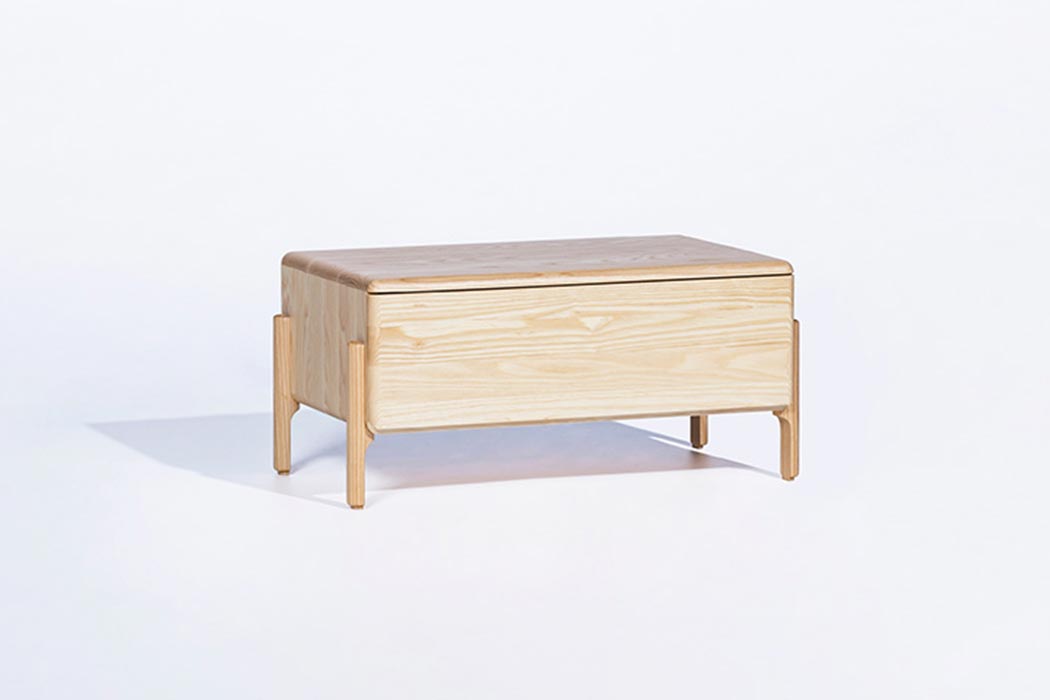
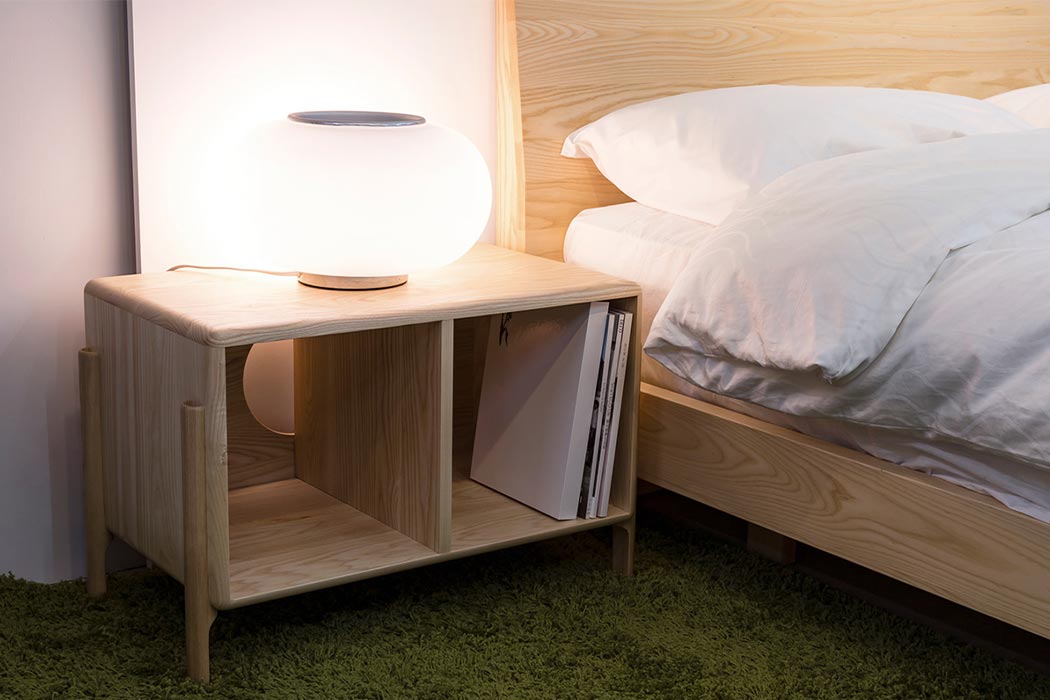
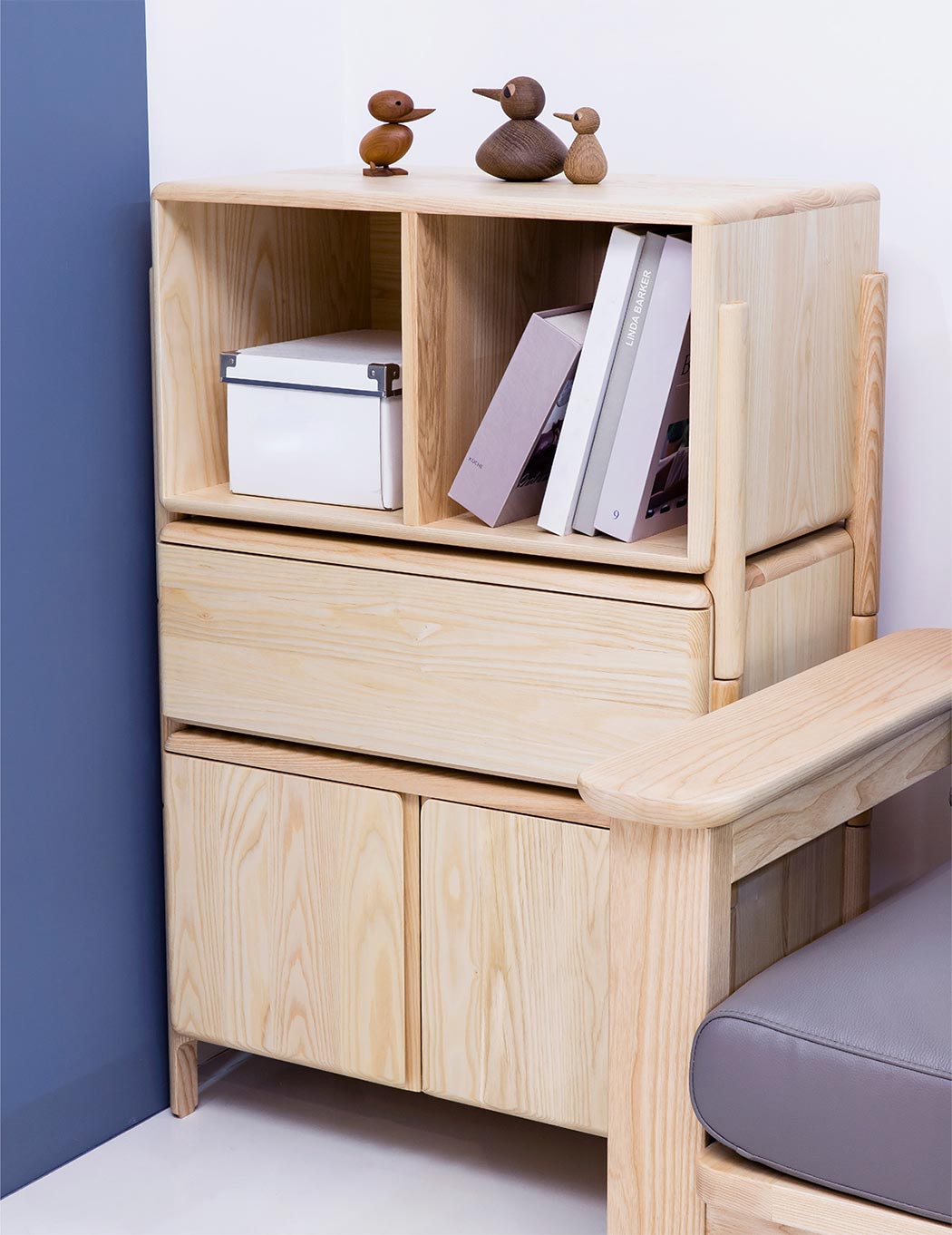
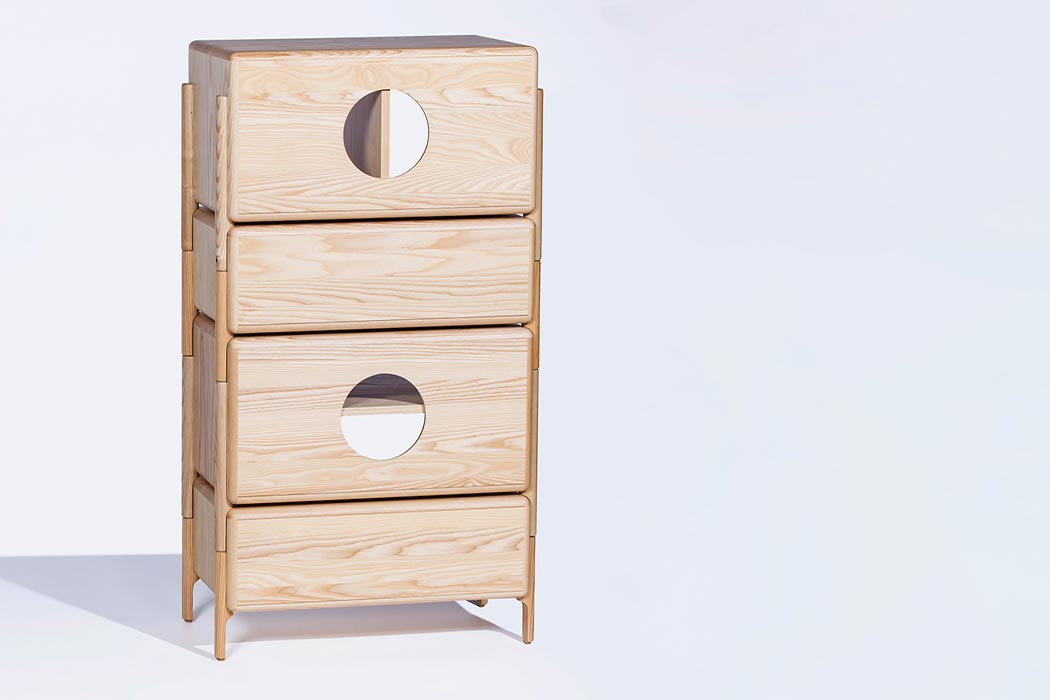
This conceptual NASA motorbike was designed to make donuts on the moon!
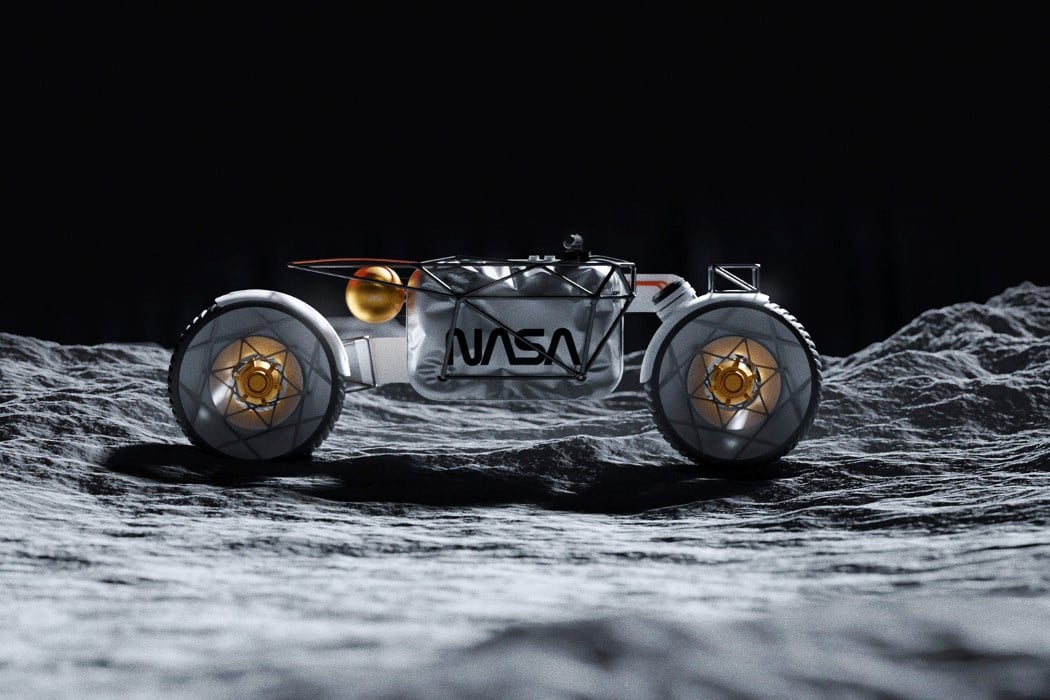
So, it does seem theoretically possible to make donuts on the moon (after all, the lunar surface is caked with dust), and even have those donuts preserved because of a lack of atmospheric activity or wind on the moon! Andrew Fabishevsky’s NASA motorcycle concept imagines what an extraplanetary café racer would look like. Designed to mimic the style of NASA’s lunar rovers, the LMV v1 comes with a similar exoskeletal design, concealing the components underneath using mylar foil.
The racer’s devoid of any headlights or taillights (you wouldn’t need them anyway), while all-terrain wheels and a pivoting suspension system allow you to drive on the undulating surface of the moon pretty comfortably. I’m not entirely sure what that golden orb underneath the seat overhang is supposed to be, but my best guess would be that it’s a detachable fuel tank that you can remove and refill whenever you’re running low. While the NASA LMV v1 is purely conceptual (no surprise there), it does certainly do a great job of showing how sexy two-wheelers can look, even if they weren’t made for our planet! Now, all we need is for Elon Musk to make a SpaceX Mars Quad-bike and we can call it a day.
Designer: Andrew Fabishevskiy
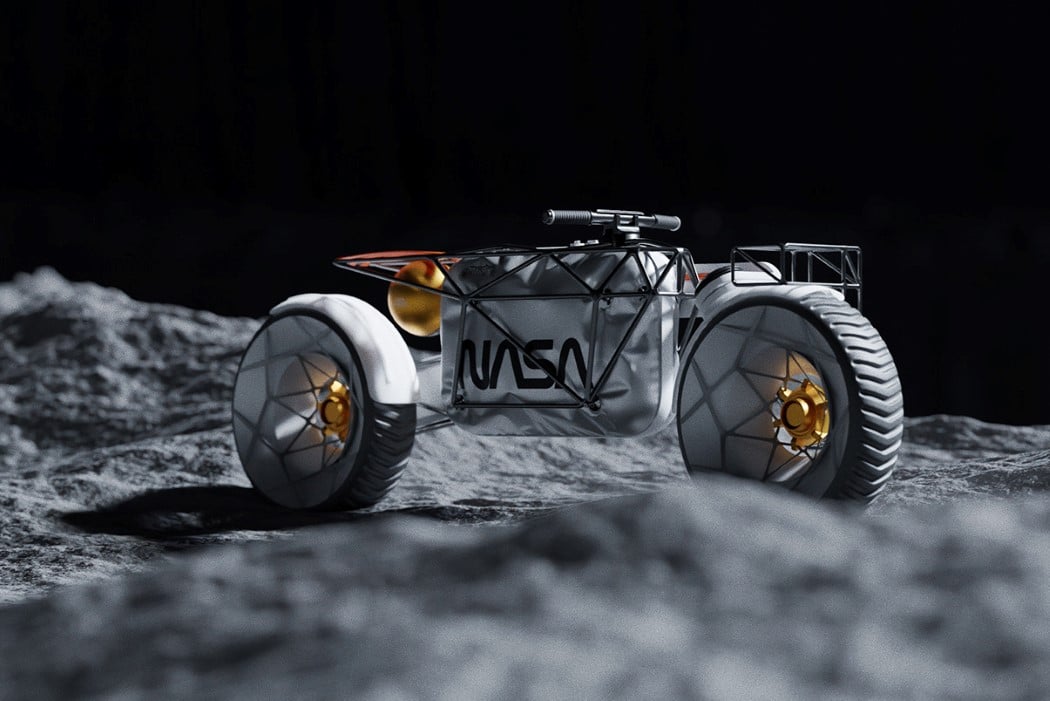
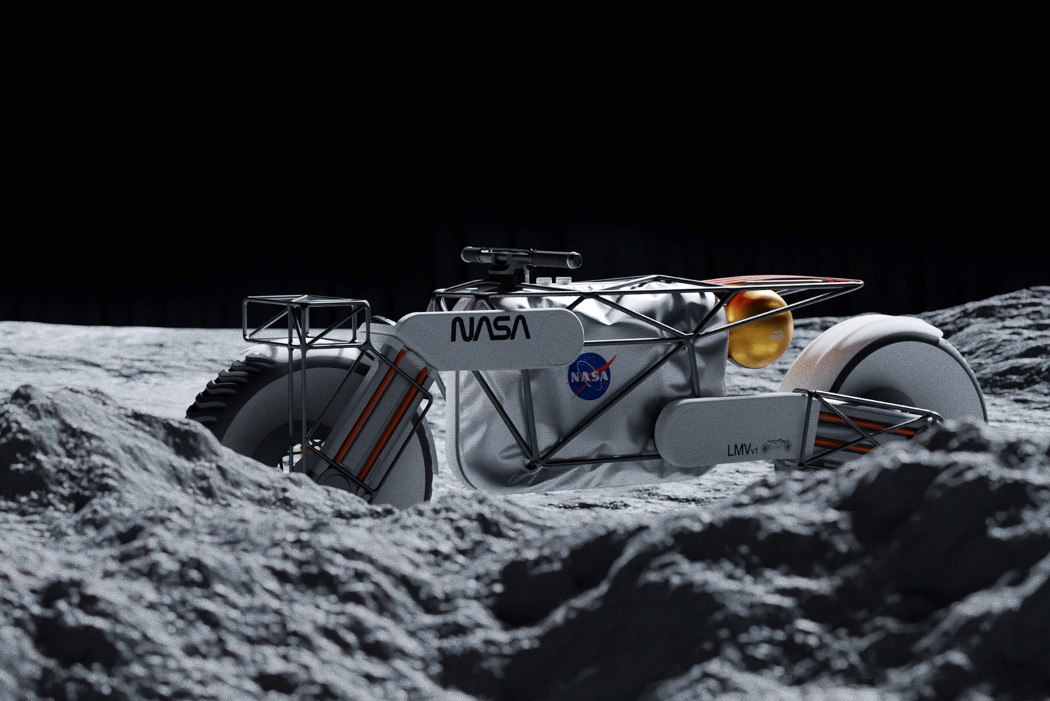
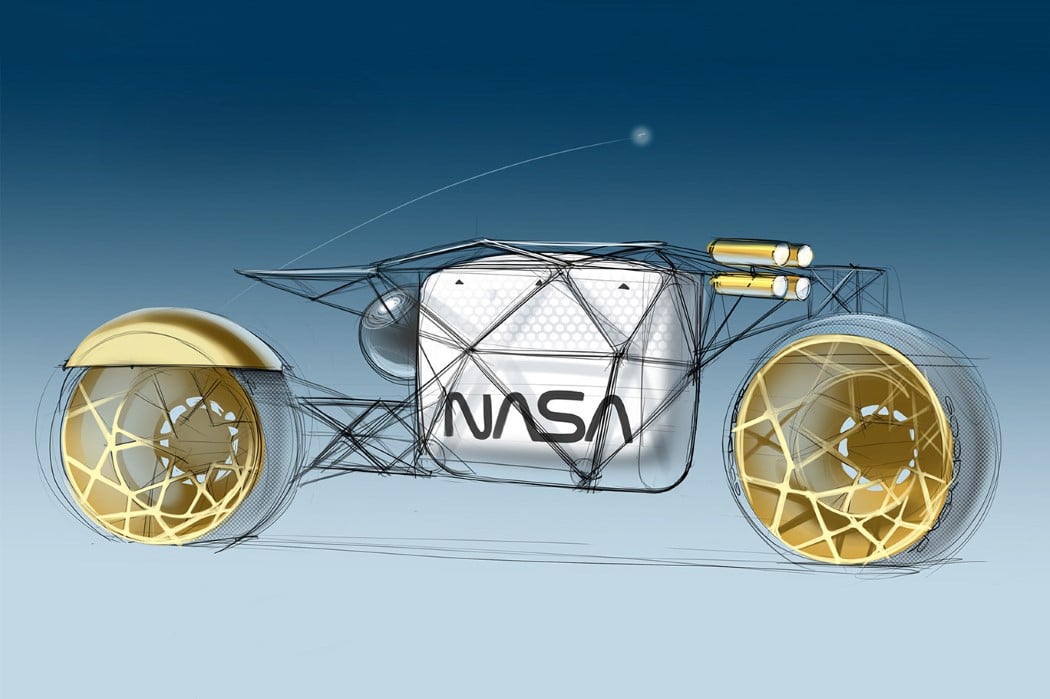
NASA confirms presence of water on sunlit surfaces of the Moon
Toyota’s Lunar Lander design for JAXA shares the Land Cruiser’s motto of coming back alive!
While most automakers are designing electric vehicles for the Earth, Toyota is taking it to the next level by designing vehicles for lunar exploration missions! The Japan Aerospace Exploration Agency (JAXA – basically the Japanese Nasa) and Toyota have been working together to develop a manned, pressurized vehicle for exploring the moon using the power of next-generation hydrogen fuel cells. The lunar vehicle is called ‘Lunar Cruiser’ after Toyota’s famously rugged Land Cruiser and it fits perfectly because the Land Cruiser’s motto is ‘come back alive’ which I am sure will be the motto for the Lunar Cruiser as well!
The vehicle is 20 feet tall and 17 feet wide, it is considered to be the first step in the vision of a future lunar surface-based society as JAXA will use the Lunar Cruiser to explore the moon’s north and south poles. The longest time an astronaut has stayed on the moon has been close to 3 days, but this vehicle is crafted for a 6 week-long manned mission which will be a record in itself. To sustain astronauts and the exploration for six weeks, the Lunar Cruiser will be fitted with solar panels as well as hydrogen fuel cells. Since days and nights on the moon last for two weeks each, the solar panels will generate electricity. Given the long nights, the hydrogen fuel cell can also use water from the electricity generation process for cooling and drinking purposes. The energy generated from the solar panels will be stored and the propulsion will come primarily from hydrogen fuel cells – it is geared to run for 620 miles with one full tank and the mission aims to complete 6,200 miles in 42 days.
Lunar Cruiser is roughly the size of two minibusses and has a 140 square feet living space for two astronauts. It has to be designed to traverse the moon’s harsh surface and be safe enough for the astronauts to remove their suits inside. Since development began in 2019, engineers have relied on simulations to work out powertrain heat management in an airless environment and test tire designs for the coarse, sharp, dusty moon surface. And like a Tesla, it will have automatic driving functions! Testing of the prototype rover’s sub-assemblies is planned to begin next spring and will lead to the construction of a full-scale mule in 2022. So by 2024, we can hope to see a model designed, built, and evaluated for the development team to build the flight model—the one that’ll actually shoot for the stars…and land on the moon.
Designer: Toyota
